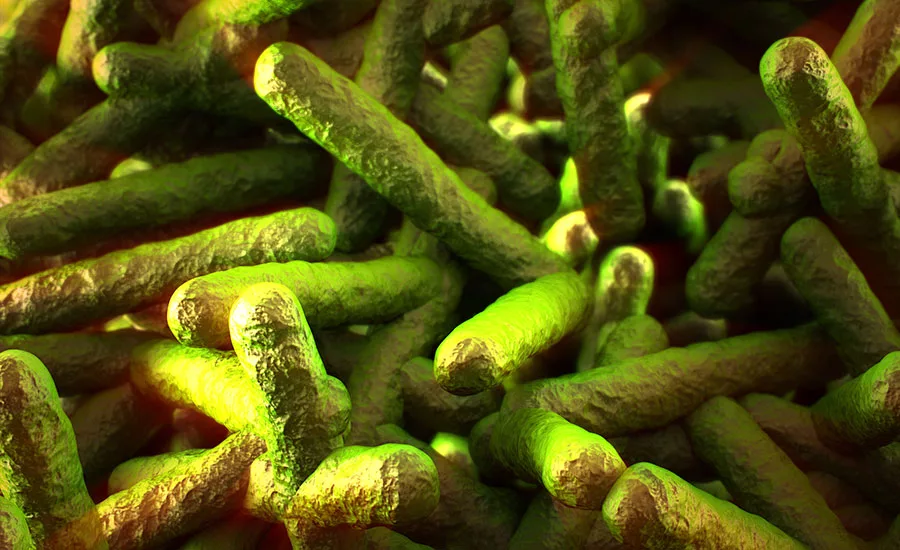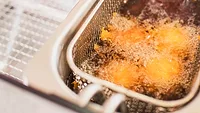Researchers Study Faster Method to Detect Listeria Monocytogenes

decade3d/iStock / Getty Images Plus via Getty Images
Norwegian scientists are examining a quicker method to detect Listeria monocytogenes.
Researchers at food research institute Nofima were able to detect Listeria in four hours, which is 20 hours faster than with the traditional enrichment method. They achieved the quicker detection by using MinION, a handheld sequencing device from Oxford Nanopore Technologies.
The traditional method used to detect Listeria requires taking a sample from processing equipment or food and cultivating it in a medium conducive to growth. This process can take up to several days, during which time production can continue and additional food products may become contaminated.
In the study, the researchers used seven L. monocytogenes sequence types isolated from meat processing environments. The sequence types did not include background microbiota such as other Listeria species and non-Listeria strains.
As a caveat, the MinION analysis is not quantitative—i.e. it cannot discern live bacteria from dead bacteria. However, other microorganisms from the processing environment can be detected at the same time when using the sequencing approach. The researchers said that this can provide information on the larger microbiological picture in a food production plant, as well as being cost-effective. As a next step, the researchers will collect samples from industry and test them using the MinION analysis.
Looking for quick answers on food safety topics?
Try Ask FSM, our new smart AI search tool.
Ask FSM →






.webp?t=1721343192)

